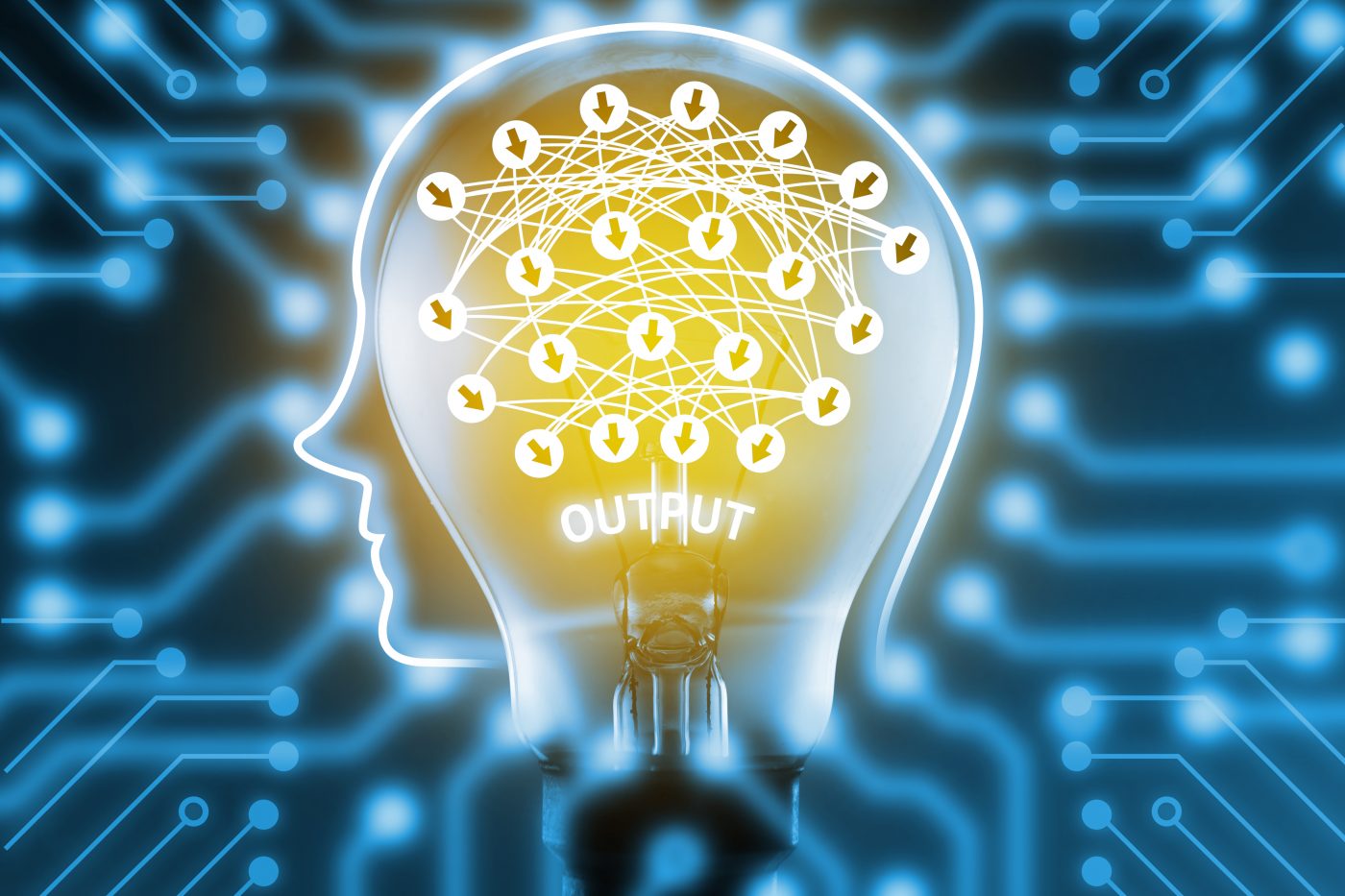New DBS Method Eases Both Cognitive and Motor Symptoms in Parkinson’s Patient, Study Shows

A new approach to deep brain stimulation (DBS) was able to reduce both motor and cognitive impairments in a patient with Parkinson’s disease, a case study reports.
Described by the researchers in Spain who conducted the study, this alternative to conventional DBS involves a single electrode that is placed in each side of the brain, which is able to stimulate two different regions at the same time.
The study, “Simultaneous Stimulation of the Globus Pallidus Interna and the Nucleus Basalis of Meynert in the Parkinson-Dementia Syndrome,” was published in the journal Dementia and Geriatric Cognitive Disorders.
DBS is a type of surgery recommended for Parkinson’s patients who fail to respond to other medications. The procedure involves implanting a device that sends electrical signals produced by a battery to stimulate specific regions of the patient’s brain.
Although previous studies have shown that DBS can effectively reduce Parkinson’s motor symptoms, the same cannot be said regarding cognitive deficits, which may affect up to 60 percent of recently diagnosed patients.
Want to learn more about the latest research in Parkinson’s Disease? Ask your questions in our research forum.
“In fact, patients with dementia or significant cognitive impairment are often excluded from DBS studies … based on reports of irreversible cognitive worsening after DBS surgery in patients with preexisting cognitive impairment,” the researchers wrote.
Now, these researchers have explored the therapeutic potential of a new type of DBS that is able to target two brain regions simultaneously.
The single-case study focused on a 68-year-old patient with six years of clinical history, showing signs of mild cognitive impairment, who underwent DBS targeting two different regions of the brain with a single electrode placed on each hemisphere (half): the globus pallidus interna (GPi), to treat motor symptoms; and the nucleus basalis of Meynert (NBM), to treat cognitive deficits.
Two months after starting GPi stimulation, the patient started showing signs of motor improvement, reflected by a reduction of 61.37% in the Unified Parkinson’s Disease Rating Scale (UPDRS-III) score and in a performance improvement of 80% during the Up and Go test, compared with before the treatment. The UPDRS-III assesses the severity of motor symptoms, while the Up and Go test assesses mobility according to the time it takes an individual to rise from a chair, walk 3 meters, turn around, walk back to the chair, and sit down.
Moreover, the levodopa equivalent dose (a rough technique to compare different medications; LED) score decreased by 16.81% following GPi stimulation.
Motor improvement at two months was accompanied by a general decline in cognitive performance. However, minor cognitive improvements were found three months after the patient began receiving NBM stimulation together with GPi stimulation, namely in the capacity for abstraction, non-verbal memory (our visual memory system), verbal memory retrieval, and speed processing (the time it takes a person to do a mental task).
“The follow-up conducted 1 year after starting the combined GPi + NBM stimulation confirmed the improvement in UPDRS-III scores, along with a 20% reduction in LED compared to baseline. No visual side effects were recorded during the follow-up,” the researchers wrote.
“This approach showed no significant side effects and resulted in improvements in certain cognitive functions in a patient with baseline mild cognitive impairment, which would have excluded this patient from undergoing DBS under most current protocols. Further research is necessary before offering this surgical alternative to a wider range of patients,” they concluded.






